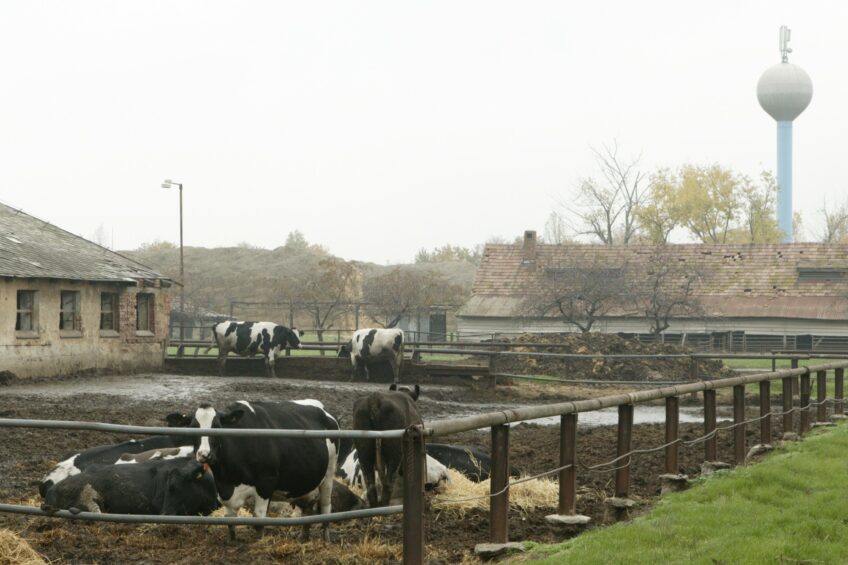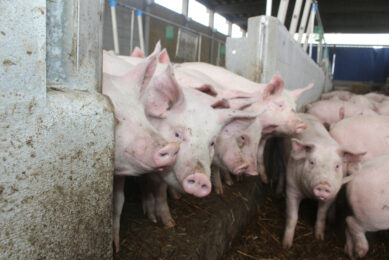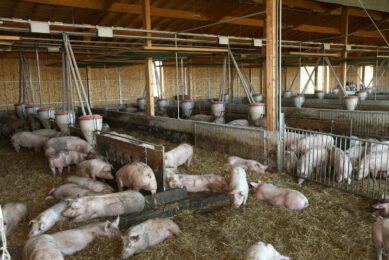FMD Europe: Virus emerges in cattle in Hungary and Slovakia

After an initial one-off outbreak of Foot-and-Mouth Disease (FMD) in cattle in Germany in January, the virus has emerged in 2 other European countries. In both cases the virus – for which pigs are also susceptible – emerged in cattle. The cases in both Central European countries appear linked.
According to the leading German agricultural title Top Agrar, both Hungary and Slovakia had been free from FMD for 50 years.
FMD outbreak in Slovakia
The most recent outbreaks were reported from Slovakia, in the heart of Europe. There the virus was found on 4 cattle farms in the town Dunajská Streda in the Trnavský district, in the country’s south west. The first 3 outbreaks were confirmed on March 20; a 4th was found on March 24. According to a report at the World Organisation for Animal Health (WOAH), the farms had 1,301, 790, 670 and 279 animals on-site respectively. According to Slovak media, 2 of the 3 farms confirmed infected on March 20, would belong to the same owner. All animals were culled.
Richard Takáč, Slovakia’s minister of agriculture, spoke of a “serious and very big problem.” Immediate measures include a ban on animals that are susceptible to FMD, and international livestock transport cannot pass through the infected areas.
The German authorities have immediately sent 10,000 FMD vaccines to Slovakia, to at least play for time to make sure that culling happens in a way that is as humane as possible. The Slovakian authorities have been working on an analysis of the virus type, but would like to wait for confirmation from the European reference lab before sharing any information.
Immediate responses followed, for instance the UK government announced to block its imports from Slovakian cattle, pigs, sheep and goats as well as their products. The authorities in neighbouring Czech Republic also blocked their borders and installed border checks.
The location of the farms is about 30 km east of the capital Bratislava and about 10 km north of the border with Hungary.
FMD outbreak in Hungary
Hungary was the location of the other outbreak, just 2 weeks earlier. It occurred close to the northern border with Slovakia, near the village Kisbajcs, in the district Győr. As the crow flies, there is about 35 km between the Slovakian and the Hungarian cases.
The geographical proximity with the cases in Slovakia makes it likely that the outbreaks might be linked. According to a report by the WOAH, the Hungarian case was a cattle farm with 1,372 head on-site. According to the report, 1,064 animals had been found infected.
An earlier FMD outbreak in Germany
With the outbreaks in Slovakia and Hungary, FMD has made headlines once again in European media over the last few months. The outbreak in Germany occurred early January, when the virus broke out in a small herd of water buffaloes just east of the capital Berlin. In terms of viral spread, it turned out to be a one-off infection, without further health implications. Mid-March, Germany was officially declared “free from FMD without vaccination” again.
Economically, however, the German swine industry felt the outcome of the outbreak. Despite no pigs being involved, the outbreak did have an effect on prices and trade.











